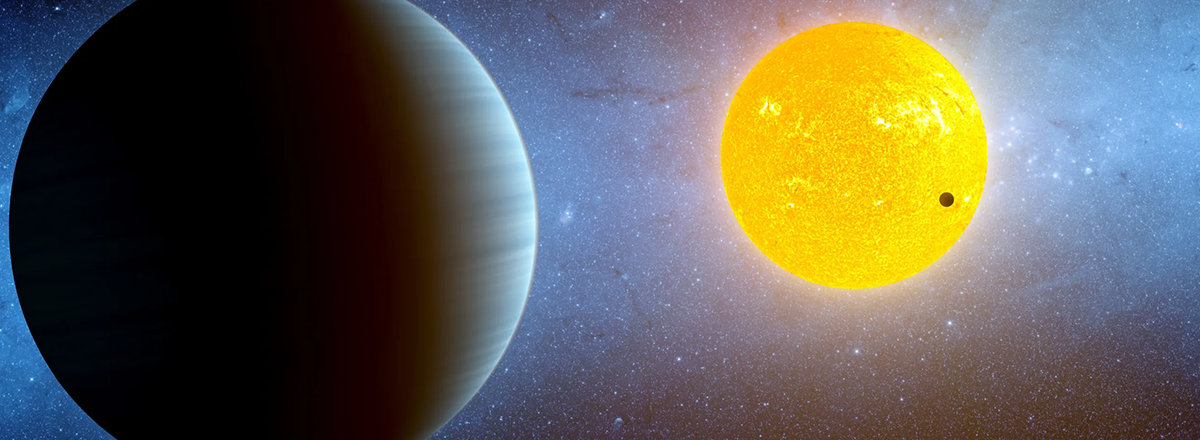Astronomers Discover Young Earth-Sized Exoplanet With the 'Lava Hemisphere'
The planet is the closest Earth-sized exoplanet to our solar system this young, believed to be less than 500 million years old. HD 63433 d orbits a Sun-like star, sharing similarities with our own solar system.

Using NASA's TESS (Transiting Exoplanet Survey Satellite), astronomers have found an Earth-sized exoplanet, HD 63433 d, that's remarkably young and enigmatic. The planet is the closest Earth-sized exoplanet to our solar system this young, believed to be less than 500 million years old. HD 63433 d orbits a Sun-like star, sharing similarities with our own solar system.
In a system previously known for hosting two planets, HD 63433 d made its unexpected appearance as astronomers observed it transiting across its Sun-sized star.
This extra-hot exoplanet presents several intriguing characteristics. The most fascinating aspect of HD 63433 d is its tidal locking, causing one side to face its star, experiencing perpetual scorching heat, while the other side remains in constant darkness. This extreme contrast has led scientists to dub one side the "lava hemisphere."
At just 400 million years old, HD 63433 d is an infant compared to our 4.5-billion-year-old Earth. Furthermore, its planetary system is approximately ten times younger than our solar system.
HD 63433 d's distinctive attributes make it an enticing target for further study. While its proximity to its star suggests a lack of a substantial atmosphere, additional investigations could provide more insight into its mysterious dark side.

